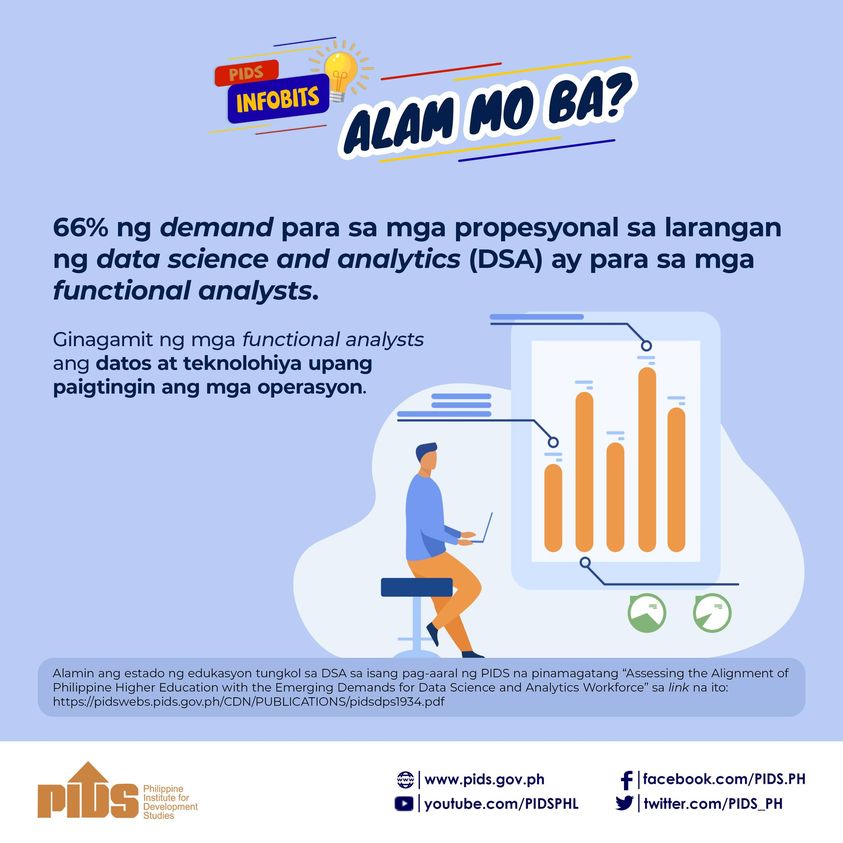Congress should give a bigger budget for science and technology projects and provide more scholarships and research funds to Filipino scientists. Science and technology innovation can solve real problems in our country—food security, water sufficiency, sustainable energy, among others.
The recent story on BusinessMirror’s Science page showed that S&T innovation can also help make cheaper but effective medicines. According to the story we featured from S&T Media Service last Sunday, university-based researchers and pharmaceutical laboratories in the Philippines have been developing local cures for gout, inflammation, hypertension and diabetes under the Department of Science and Technology’s Tuklas Lunas program.
Clinical trials are also ongoing for the management of dengue using a fixed-dose combination of three plants.
In the Tuklas Lunas program, the Department of Science and Technology-Philippine Council for Health Research and Development (DOST-PCHRD) partners with institutions in various regions to study their biodiversity potential for drug research. The institutions’ diverse outputs are attributed to the resources peculiar and abundant in each region.
A few years back, the National Integrated Research Program on Medicinal Plants of DOST-PCHRD successfully developed medicines from lagundi and sambong plants.
Most medicines are usually offered at higher prices since they are developed abroad and are distributed by multinational companies. The cost of medicine in the country remains one of the most expensive in Asia.
A previous study by the Philippine Institute for Development Studies said retailer markups for both generic and branded products range from 2 percent to a high of 355 percent, including the 12-percent value-added tax.
Thankfully, medicines for diabetes, high cholesterol and hypertension have been exempted from value-added tax starting 2019. Despite the VAT exemption, however, even the Department of Health (DOH) admits that medicines for these ailments and other chronic conditions are still too expensive, and that the Philippines is still paying higher prices when compared internationally.
Medicines here are still sold up to four times the international reference prices, whereas branded innovator products are sold up to 22 times higher, especially in private hospitals and pharmacies, according to Health Undersecretary Rolando Enrique Domingo.
This is the reason the DOH has recommended at least 120 drugs to the Office of the President for the imposition of maximum drug retail prices, pursuant to the Cheaper Medicines Act of 2008 (Republic Act 9502).
The proposed list of 120 drugs covers conditions, such as hypertension, diabetes, cardiovascular disease, chronic lung diseases, neonatal diseases and major cancers. The list also covers high cost treatments for chronic renal disease, psoriasis and rheumatoid arthritis, which were requested by several patient organizations and medical societies for inclusion in the price reduction efforts of the government.
Under the maximum retail price scheme, prices of selected medicines are expected to have a mean price reduction of 56 percent from the prevailing market prices once an executive order is signed by President Duterte.
One of the major factors affecting the cost of drugs in the Philippines is the country’s heavy dependence on imports. Our drug industry has no capacity to produce the active substances or basic raw materials used in drug manufacture. Except for a few firms, most of the players in the industry merely buy finished bulk chemicals from abroad and recompound, reformulate and/or package them into finished products.
This is where S&T innovation and programs like Tuklas Lunas can help immensely, as they harness the potential of our own resources to develop drugs, making them more accessible and affordable to communities.
The DOST asked for a P20.18-billion budget for 2020, which is P79.85 million lower than its 2019 allocation of P20.26 billion. The department and its life-saving programs like Tuklas Lunas certainly deserve a much bigger budget.












